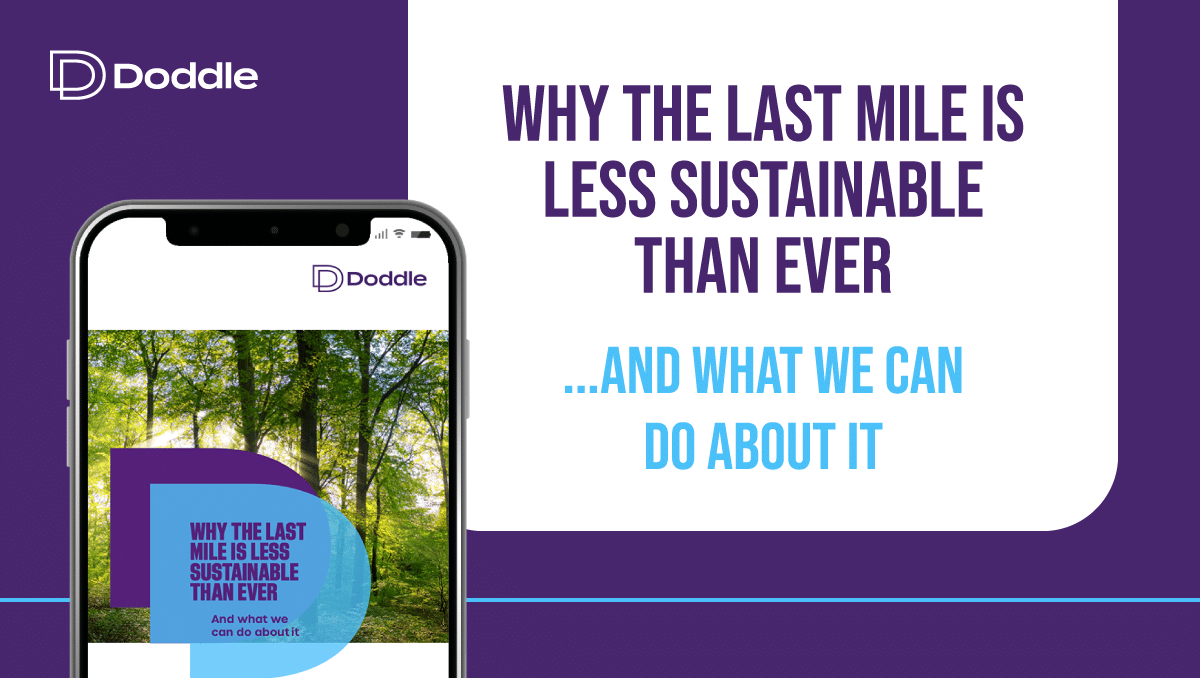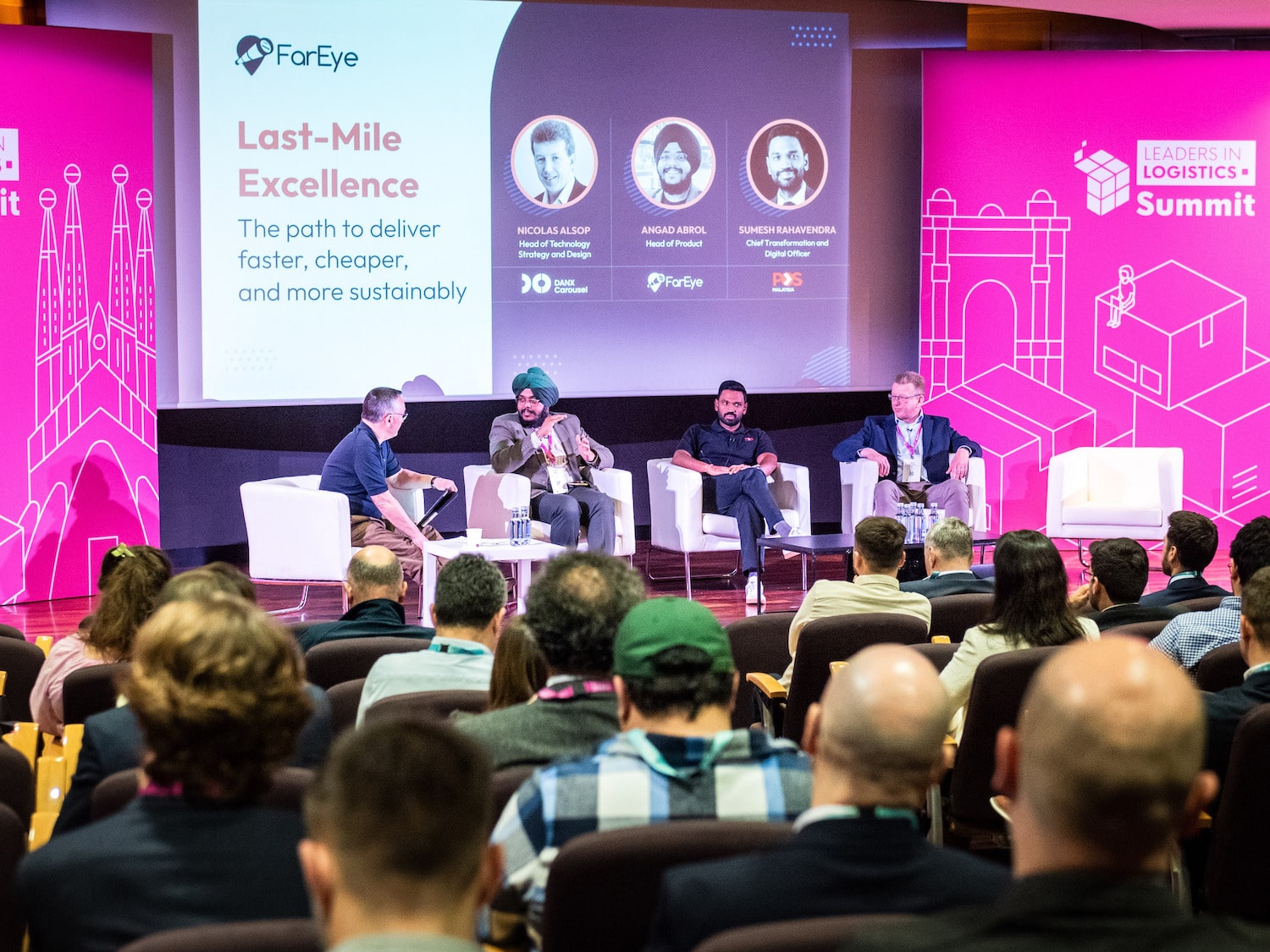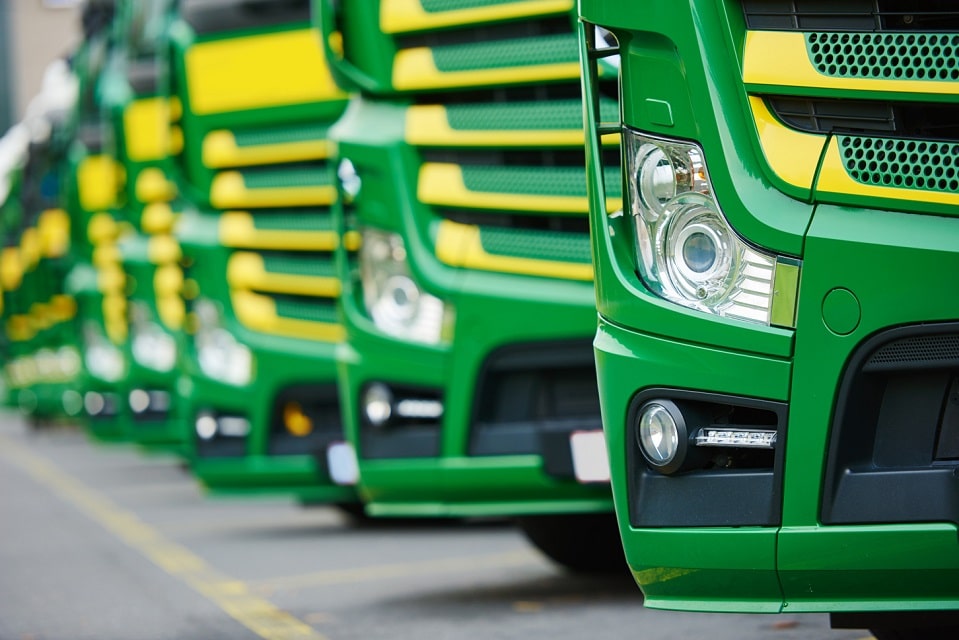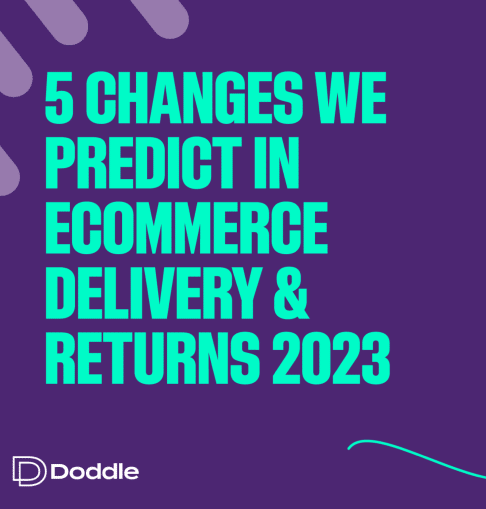Insight / Blog
5 Changes We Predict In Ecommerce Delivery And Returns In 2022
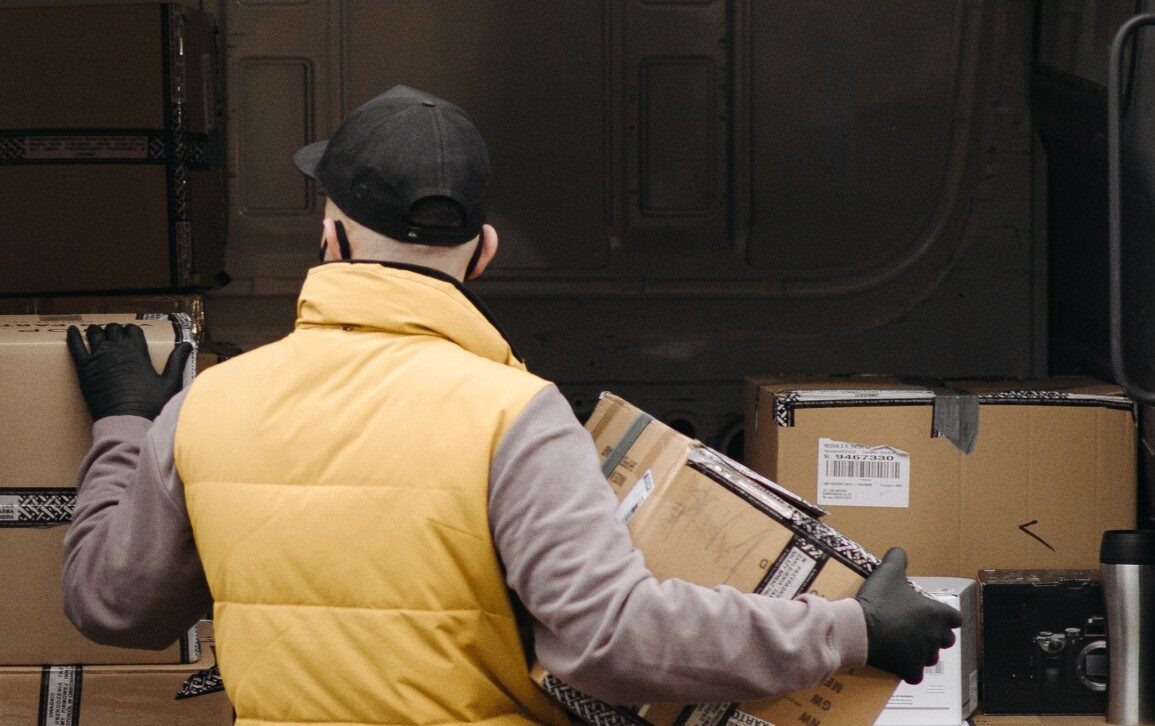
Summary: We check last year's predictions and forecast more changes in the first and last mile for 2022.
Welcome once again to our yearly set of predictions, where we cover what’s next for the last mile & ecommerce delivery and returns. In the spirit of Prof Galloway, whose format we’ve shamelessly stolen, we also mark our predictions from last year to see what we called with Nostradamus-like foresight, what we can claim as a ‘partial win’, and what we got wrong.
2021 Predictions Review
1. PUDO reaches the mainstream: 7/10
We love a prediction about out-of-home delivery (OOH). Last January, we thought that once COVID was more manageable (optimistic!), it would be time for OOH to go mainstream. We hadn’t anticipated the way COVID would continue to create such significant disruption in many markets and require a great deal of strategic management too.
In spite of that, major carriers have made big strides to drive forward their OOH propositions. DPD announced a plan to double their already massive 50,000-strong Pickup network by 2025. InPost have installed around 2,000 more lockers in the UK and acquired French PUDO-specialist Mondial Relay as they look to “unlock untapped demand and re-define the last mile delivery experience for consumers”, and Hermes in the UK seems to be rapidly scaling a dedicated out-of-home team – a first of its kind (from what we’ve seen).
From a Doddle perspective, 2021 saw us continuing the growth of OOH networks in Japan, Australia and Saudi Arabia – as well as being the technology behind Morrison’s nationwide parcel counter services in the UK. We’ve also worked with several posts and parcel carriers across Europe on their evolving strategies in PUDO.
OOH may not have reached its full potential, but we’re certain massive growth is to come with the foundations that continue to be laid.
2. Networks start to open: 3/10
Hard to say this one really came true. In the UK, the big move on this was the Post Office opening up between 2,000-3,000 of their 11,000 locations to Amazon and DPD. That’s a first for a national post office and is largely a consequence of a distinct division between the national carrier in the UK (Royal Mail) and the national post office network (the Post Office).
Elsewhere, however, the vast majority of OOH networks remain single-operator, frustratingly for consumers.
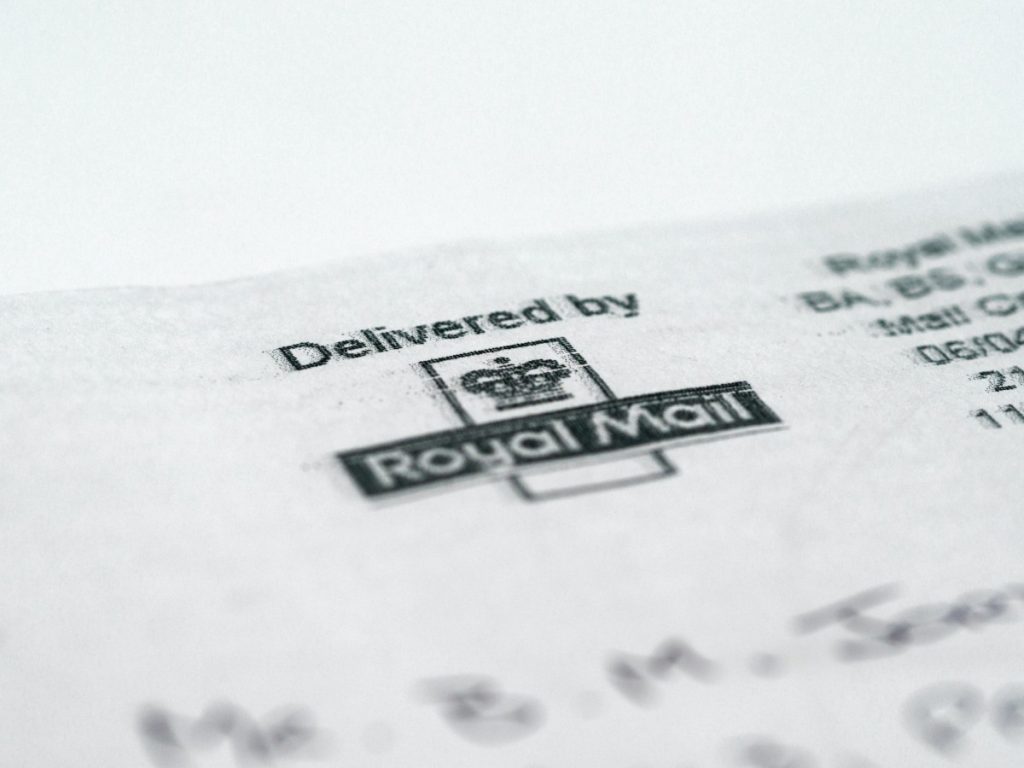
3. Planning and strategy make a welcome return: 5/10
Yes and no – when we talked last year about carriers no longer needing to perform heroics to keep operations running, that was optimistic, but we have seen more resource and time able to be dedicated to a longer horizon than the next 6-12 months. Unfortunately for us, this prediction essentially turned into a proxy for “how badly is COVID affecting carriers”, which has resulted in a very mixed global picture.
*(In hindsight, we accept this was a bit of an obscure prediction!)
4. Returns aren’t just a “retailer problem”: 7/10
There are now more or less two types of carrier when it comes to returns: those for whom this prediction statement is now true, and those for whom it is not yet true. Appropriately enough, one of the side effects of so much investment (often from payments businesses) in the returns space has been to give carriers a very clear picture of how much it matters to their customers, and highlights how much value there is in helping them with it.
5. Giants from the payments sector take a keener interest in fulfilment – 10/10
As hinted at above, Doddle = Nostradamus on this one. Buy-Now-Pay-Later (BNPL) giant Affirm acquired Returnly, PayPal picked up Happy Returns, and Klarna built a Shipping Assistant tool to enable merchants to manage their delivery options. We foresee more to come, as payments businesses have plenty of cash to spend, and tend to justify their % fee at the checkout based on conversion. What’s more important to conversion rates than payment options? Delivery and returns.
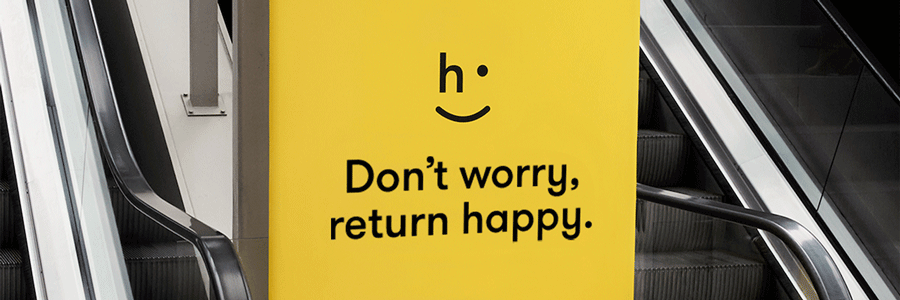
2022 predictions
1. 2022 provides a reckoning for eCommerce
The term “supply chain disruption” has probably never had as big a year as it did in 2021. Whether it was container prices quintupling, shoppers finding shortages on the shelves or a huge ship blocking the Suez Canal, “the supply chain” was never far from headlines. The world of global shipping feels different now.
What does that mean? Well, container prices aren’t going to go down drastically any time soon. Capacity is expensive and slow to add in this world. For ecommerce businesses whose model is predicated on shipping large amounts of product around the world from where it’s manufactured to where it’s sold (i.e. a heck of a lot of ecommerce businesses), that means profits are being squeezed further than ever, and they have less margin than ever before to deal with other challenges.
We’re already seeing examples of this, and it’s happening to some of the star names of ecommerce here in the UK. Boohoo published a profit warning, cutting its EBITDA forecast by a third thanks to an increased return rate and supply chain issues. That wiped 20% off the stock price overnight, showing just how vulnerable even the best businesses are to disruption from returns while the supply chain is stretching them tight. In a time when ecommerce is at an all-time high, Boohoo is at its lowest share price in 5 years. Missguided, another fast-fashion darling of UK ecommerce is also in trouble, and set to be rescued by an investment business, with the reasons for its struggles more or less identical to Boohoo.
Expect to see many more ecommerce retailers suffering bad quarters, halves or years – and a few more rescues or acquisitions before the end of ’22. Returns will be a big factor in the apparel space especially. Another stop-start year of locking down and going out again and locking down again will give rise to more uncertainty, so growth could easily slow down further.
At some point, ecommerce businesses are going to have to become sustainable without a boom market buoying them up. This could be that year.
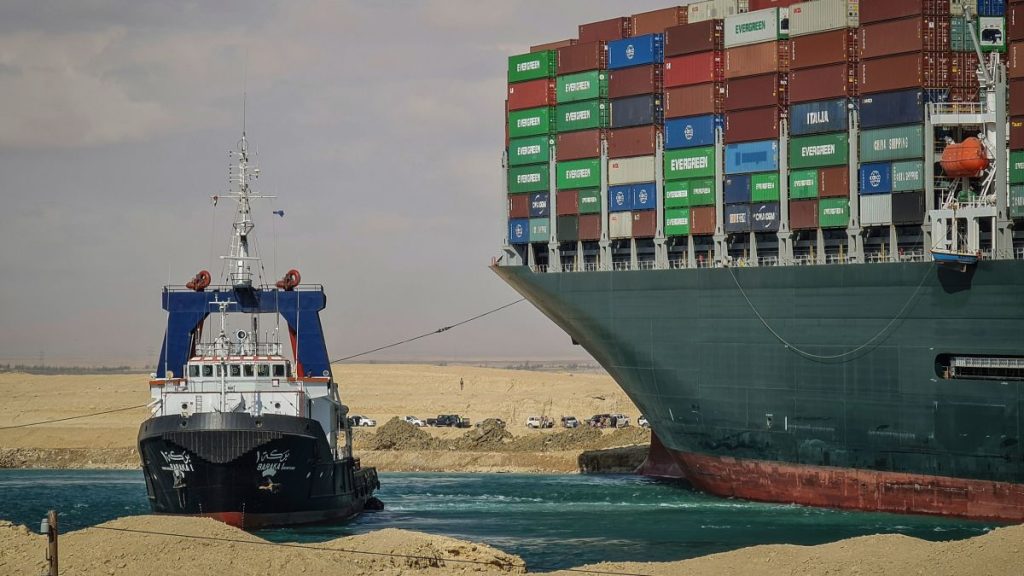
2. Green new wheels, and the mountain they must climb
The biggest 13 parcel markets represented 131 billion parcels in 2020 (Pitney Bowes), with 28 billion additional parcels delivered compared to 2019. That number grew again in 2021.
Despite these staggering growth numbers, parcel carriers spent a lot of time and energy in 2021 promoting their new and existing sustainability initiatives, with more and more signing up to become carbon neutral or net zero by 2025, 2030, 2040, and so on.
DPD has been a leader on this topic for years, and in 2020 reduced its carbon emissions per parcel by 5.7% vs 2019. The problem is that the group also delivered 35% more parcels in that time, which implies a year-on-year increase in carbon emissions, at least those tied to parcels. Total CO2 emissions are not noted in their otherwise excellent and thorough CSR report, so we can’t completely confirm this. The point is not to harp on DPD: the same principle will apply equally to almost every carrier, very few of whom could claim to be hugely exceeding DPD’s excellent work on sustainability, and most of whom will also have had massive volume growth in the past few years.
So: there’s a lot of noise made on sustainability because there’s an increasing recognition of the problem. There is also progress, albeit slow progress that must accelerate faster than the market if it is to actually make a difference to the bottom line in greenhouse emissions terms.
However, in 2022, we expect to see two major sustainability trends pick up pace. The first is reporting – the first hurdle to overcome towards sustainability is to have a clear picture of where emissions and environmental harm is coming from. Some are already excellent; others will need to get there quickly.
The second is fleet electrification, which will accelerate as investor money continues to pour into the space. Delivery EV maker Rivian is still valued higher than Ford despite not quite meeting a target of 1200 vans produced in 2021 – and they’ve still received interest and orders from the likes of Amazon. Whether it’s Rivian, Ford, or someone else, the future of delivery vehicles is clearly electric, and by 2023 more carriers will have localised electric-only fleets, a la DPD’s London depot, to meet urbanites’ desire for eco-friendly deliveries.
3. Out of home, sweet home
Once again we’re back to forecast the future of out-of-home delivery and returns. Pre-pandemic, it was a nice-to-have, but COVID has given everyone a vision of the future where unmanageable volumes overload limited capacity. While scaling up delivery capacity, carriers are also now looking for ways to make the model more efficient, and OOH delivery ticks that box. We’ve covered the strategic momentum in the market, with DPD doubling to 100,000 locations in the next few years and Hermes appointing a team to look after the network.
InPost’s continued growth also suggests lockers will have a crucial role in this world, providing a new type of customer experience that can complement other options.
We believe in 2022, carriers will for the first time exert industry-wide pressure on retailers and shoppers to try to divert more volume through their OOH networks. They’ll aim to reach consumers by emphasising the increased flexibility of OOH and the opportunity to avoid missed deliveries – especially as spring and summer bring a little relief from the pandemic once more. They’ll target retailers to promote OOH at the checkout, improving conversion with a wider array of delivery options, and potentially incentivising them with pricing discounts too.
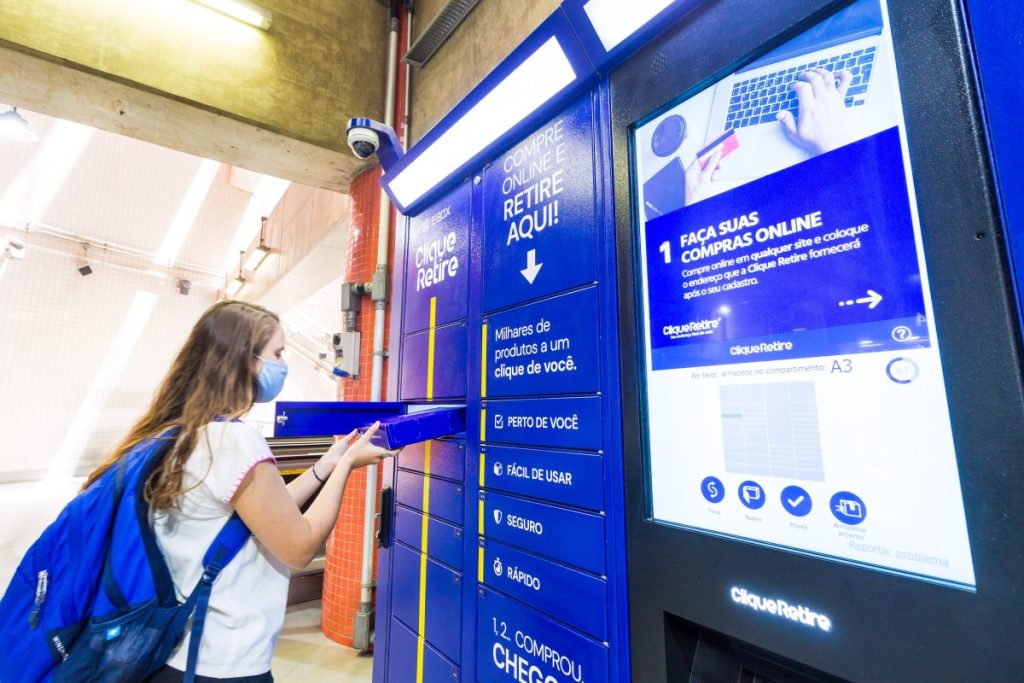
4. Recommerce establishes new delivery and return behaviour
Green vehicles won’t be the only sustainable action in 2022. Rental and re-loved retail will also grow significantly as the trend moves into the mainstream. To evidence the scale at which this is already happening, ASOS saw vintage sales increase by a staggering 92% over the past year.
And although a prediction on the growth of recommerce is not exactly ‘insightful’, we think this trend will provide a major shift in the delivery and returns sector.
What this new segment brings in droves is the ‘micro-merchant’. We’ve heard for years about SMEs – who one thinks of as a business that sells somewhere between 10-1,000 items a day – and those SMEs are catered for by carriers who provide increasingly attractive rates and service as volume increases. But the explosion of recommerce has created a new category of seller who sells much less frequently, and much lower volumes – say 3 items a week.
We see PUDO locations becoming a bedrock of the micro-merchant community, and carriers racing to create PUDO networks that are increasingly designed with the micro-merchant’s ‘drop-off’ needs in mind (think label printers, multiple pick-ups per day, price incentives).
The ‘new’ volume flooding into networks from micro-merchants will have a flywheel effect of making the location more popular, and thus more beneficial to the carrier. As we’ve predicted out earlier, OOH will continue to become more mainstream – the micro-merchant / recommerce category will be a major factor in that.
5. And just for fun – Another bite, this time from the Apple
We enjoyed seeing payments giants validating our thesis that returns and delivery are their next frontier in 2021. In fact, we enjoyed it so much that we’re following up with a new take. Last year we said Shopify was a dark horse to merge the payments/fulfilment world with a one-click checkout – and to be fair, Shopify has continued to grow dramatically in 2021, and is currently moving closer to a one-click style checkout through Shop Pay, which stores customer delivery and payment details. It’s also continuing to develop the Shopify Fulfilment Network, and launched Shopify Shipping to allow merchants to buy shipping directly within Shopify.
But there’s a bigger player with a product that has the potential to truly bring one-click checkouts to life, uniting payments and deliveries with a tap. With an estimated half a billion users in the tail end of 2020, Apple Pay shoppers already trust their bank card to the app, so why not their preferred delivery options?
We predict Apple will incorporate multiple shipping addresses and delivery options into Apple Pay, allowing retailers who integrate it into their checkouts to offer a one-tap buy button on mobile – and what’s more awkward than typing your address into finicky form fields on a phone screen? With mobile commerce expected to be responsible for nearly three quarters of ecommerce sales in 2021, improving mobile conversion will continue to be a massive priority for retailers.
If you’re interested in how Doddle’s technology and expertise can help you keep down delivery costs and drive better customer experiences in challenging and changing markets, get in touch today.
Topics:
Related articles
Important lessons from Leaders in Logistics 2024
Leaders in Logistics 24 dived into AI & automation, sustainability, changing ecommerce behaviours, emerging consumer expectations & predicted what the next decade had in store.
Postal results, reforms, and returns
Posts around the world are seeking reform, but how can they drive improved results in the short term?
5 Changes We Predict in eCommerce Delivery & Returns in 2024
Our predictions for 2024 in ecommerce delivery and returns, plus a roundup of our 2023 predictions.








